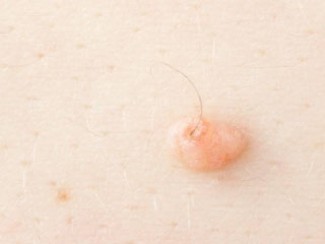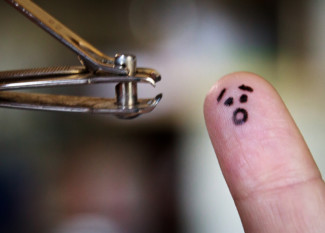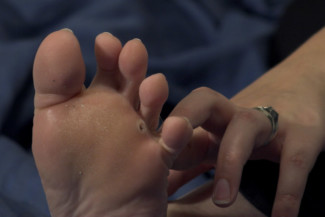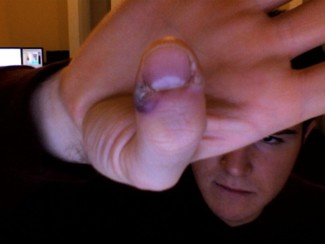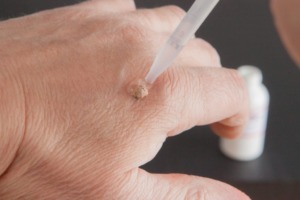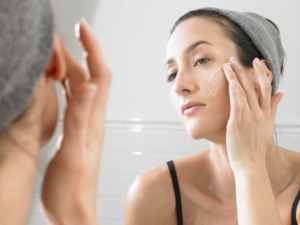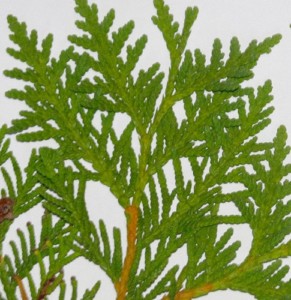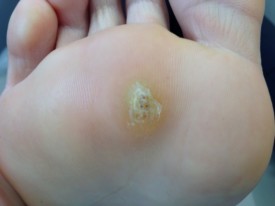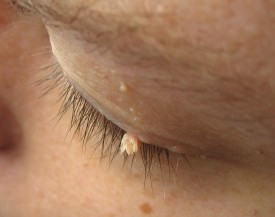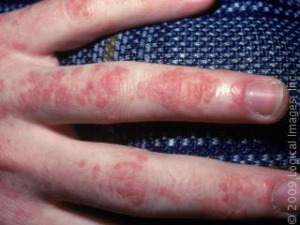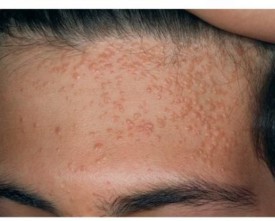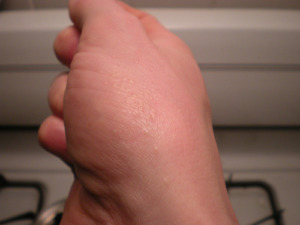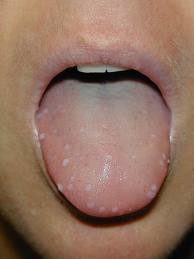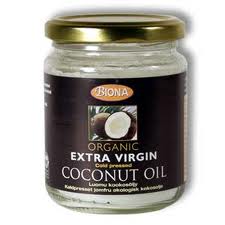Lipoma removal traditionally involves one of two methods. Surgery removes the mass in its entirety, and usually prevents a recurrence or regrowth of the lipoma. Lipoma removal surgery is minimally invasive, and usually requires only local anaesthetic. Liposuction is another option, best suited for small-to-medium sized lipomas. The major advantage of liposuction is that it leaves a smaller permanent scar. The disadvantage is that regrowth of the lipoma is more likely. Thuja is another, all-natural way to treat lipoma. It is a homeopathic treatment, and will therefore likely not be recommended by a medical professional. Yet, thuja has been used to treat various skin ailments since at least the 18th century. Many people have used thuja to successfully remove unsightly lipomas. A useful course of action may be to treat your lipoma with thuja first, before resorting to the more invasive techniques of surgery or liposuction. The benefits of thuja […]


